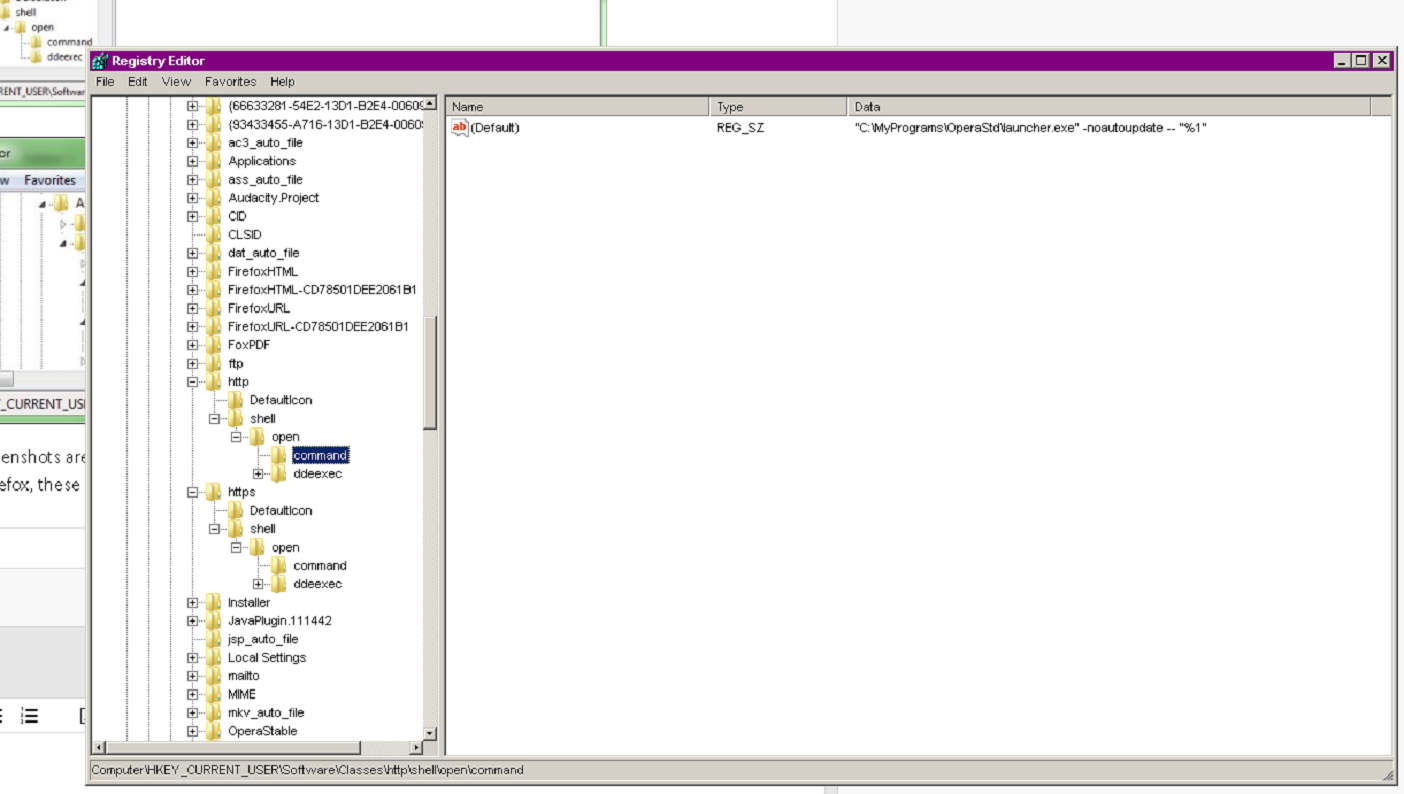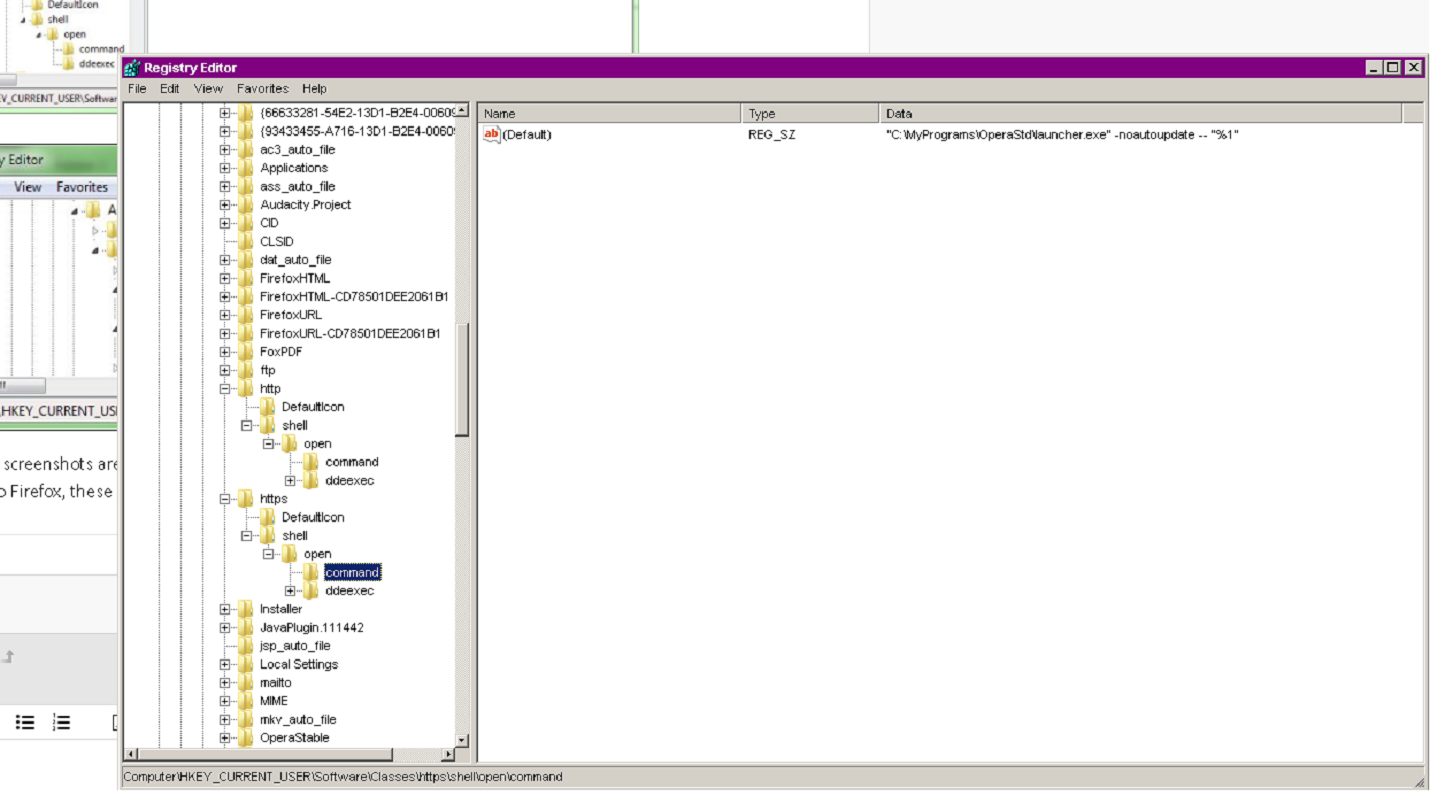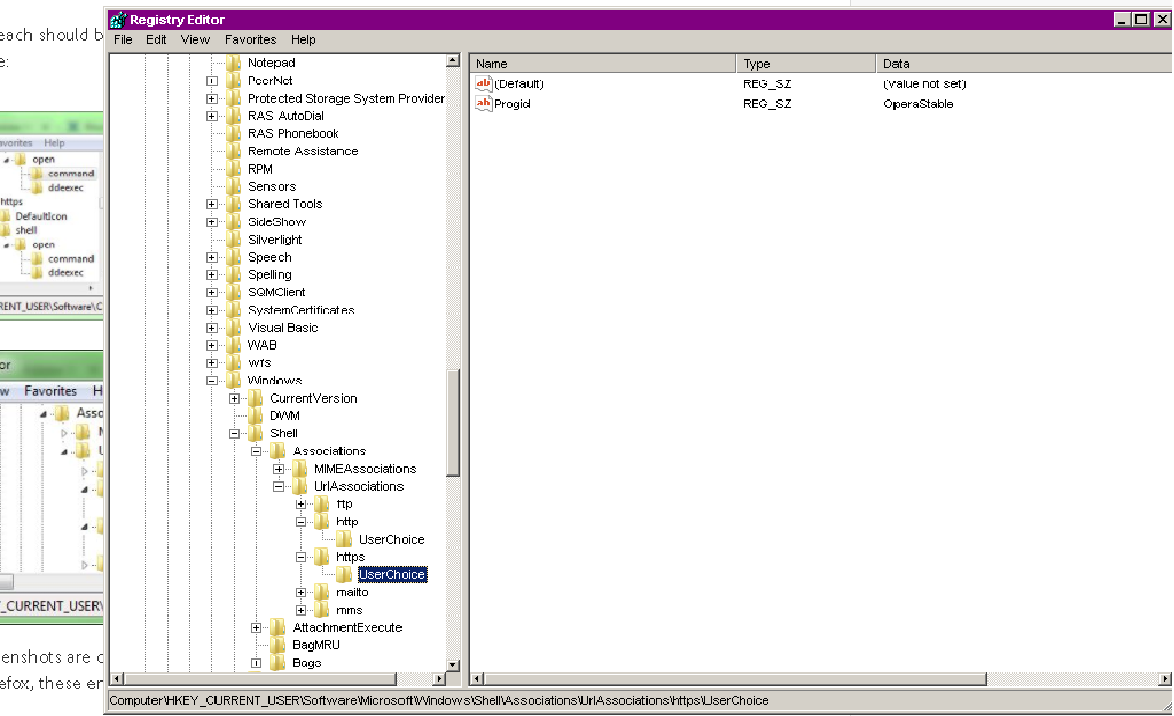 Adobe Community
Adobe Community
IE always launches after installation, regardless of which browser is default browser
Copy link to clipboard
Copied
[moderator: edited title for clarity]
I'm running Windows 7 Pro which I keep updated with the latest Microsoft updates.
When I installed an mid-September release of FlashPlayer (Sept 13) I was running Firefox as my default browser. It installed fine and after the installer was complete it opened up a tab in Firefox letting me know it was complete and recommending other Adobe products for me.
Shortly after that, I switched my default browser from Firefox to Opera which means I now download 3 versions of FlashPlayer for every new release (Firefox, Opera, Internet Explorer). Around October 18 there was a FlashPlayer update which I installed and I noticed the installer no longer respected my choice of default browser (Opera at the time) but automatically opened up its 'install done; here's some other Adobe products ad' tab in a new instance of Internet Explorer. This morning (10/31) I was notified of another FlashPlayer update and this time I reset my default browser back to Firefox for the update installation but still the installer insisted on opening up Internet Explorer to display its all done message with Adobe product ad.
Is there any way to adjust the installation process so when the installer opens up a browser it respects my choice of default browser instead of using Internet Explorer? Over the past 15 years or so I've caught 1/2 a dozen or so trojans/viruses. ALL have come in through vulnerabilities in Internet Explorer which is why I only use it if absolutely necessary and which is why I don't want Adobe forcing it open.
Copy link to clipboard
Copied
Can you please launch Registry Editor and check the following entries. Posting a screenshot of the actual entries would be helpful.
HKEY_CURRENT_USER\Software\Classes\http\shell\open\command\
HKEY_CURRENT_USER\Software\Classes\https\shell\open\command\
HKEY_CURRENT_USER\Software\Microsoft\Windows\Shell\Associations\UrlAssociations\http\UserChoice\Progid
HKEY_CURRENT_USER\Software\Microsoft\Windows\Shell\Associations\UrlAssociations\https\UserChoice\Progid
The entry for each should be whatever you have set as default. For example, I have Chrome as the default browser and the entries are:
While my screenshots are only for the 'http' note, the entries are the same in the 'https' node. If I change the default browser to Firefox, these entries change from Chrome to Firefox.

Copy link to clipboard
Copied
Please let me know if you have trouble reading this. I may have to do something to increase RegEdit's font size. And thank-you for the speedy response. I was not expecting that!!
After posting my original message I was able to find another thread in this forum from a few years back related to this topic. As I come back now, I can't recall what search term I used to locate that thread and now I can't find it again so I'm unable to provide a link. But my experience with the installer is that whatever the problem was back then was resolved at least until recently.




Copy link to clipboard
Copied
Thank you for the screenshots. It appears to be configured correctly in the registry. I'll forward this to the online installer team for further review.
--
Maria
Copy link to clipboard
Copied
Yeah, I've reported this bug myself. It's annoying, but fairly innocuous, and it's mostly a product of a design limitation. The net result is that the installer always launches the default system browser after installation is complete.
The installer technology employed here is generic across all of Adobe's free products. It doesn't know what browser you used to download the executable installer. At the point that it gets launched, the browser is already out of the equation.
You also can't make the assumption that because the user chose NPAPI, that you should launch Firefox (or Chrome for PPAPI), as there's a long tail of forks and related projects that implement those plugin interfaces.
Because the installers are necessarily cryptographically signed, you can't just slap in a configuration file on the fly (the signature validates both who distributed the code, and confirms that no bits in the file were changed after it was signed -- e.g. you know that it wasn't swapped out with malware as the bits travelled down the wire to you). This means that everything in the installer has to be pre-baked, so we can't just check the browser's user-agent string and then communicate that state to the installer by dropping a config file into it on the fly.
So, if you take that out to it's logical conclusion, the only really good option would be to serve up a distinct binary installer for each possible user-agent string, and then assume that the associated binary is in the default location when you try to launch it. You're talking thousands of possible combinations, all individually signed and hosted. This in turn becomes terabytes of data for each release, which has to be replicated across thousands of nodes on the CDN, and even then, you've still got a somewhat imperfect solution.
If the installer was launched from the browser (and you absolutely don't want the browser spawning installers on it's own for security reasons), then it would have the context about the appropriate parent process, and we could be way smarter about it.
So, given the complexity and the lack of a perfect solution, we make the compromise of using the default system browser. This allows us to ship the least number of binaries, which optimizes for CDN distribution and caching at ISP and organizational nodes (we're talking billions of monthly installs and a few dozen petabytes of pushed data), where thousands of individual variants would make all of that machinery useless.
If you're a novice user like my parents, you probably use a single browser, so the default option ends up being the right choice most of the time. For web developers and other power users that regularly use multiple browsers, the outcome is weird, but it's a skilled population and you're more than capable of understanding what happened and taking the right action. It's not the perfect outcome for 100% of users, but it's the least bad of the available options when viewed holistically.